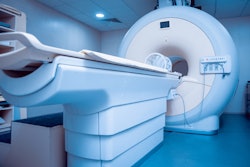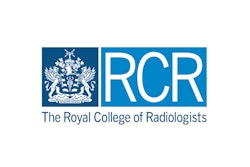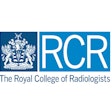The Spanish Society of Medical Radiology (SERAM) has emphasized the importance of a culture of prevention to improve MRI safety in imaging centers.
In a statement issued on 23 July, the SERAM reinforced the need for a controlled environment and strict protocols to avoid potential risks. The society highlighted a case in the U.S. that has sent shock waves around the world.
“These events, although exceptional, remind us that MRI safety requires constant vigilance,” noted Dr. Pablo Valdés Solís, former president of SERAM, member of the Humanization Commission, and head of the Radiology Department at San Agustín University Hospital in Avilés. “Magnetic fields are always active, even when scans are not being performed, and any carelessness can have serious consequences.”
SERAM insisted on the need to implement clear and systematic preventive measures -- nonnegotiable actions that must be part of the daily routine in any MRI unit. They include the following:
- Design facilities with restricted access areas and appropriate physical controls.
- Continuously train staff, with annual skills updates and prior verification that patients and companions are not carrying metal objects.
- Implement multiple barriers, including security forms, human inspection by trained personnel, and metal detectors as a support (not the only) measure.
- Ensure active monitoring, with systematic recording of even "near misses" to continuously improve protocols.
"Magnetic fields are up to 25,000 times more powerful than the Earth's gravity," Solís noted. "If a metallic object is introduced into the room, it can reach speeds of almost 100 km/h and behave like a potentially lethal missile."
Solís has developed a SERAM visual guide on safety in MRI that graphically summarizes the main risks and best practices. The guide is available for consultation and use in imaging centers and is intended for those who work daily in these rooms.
Find the resources on the SERAM website here.



















